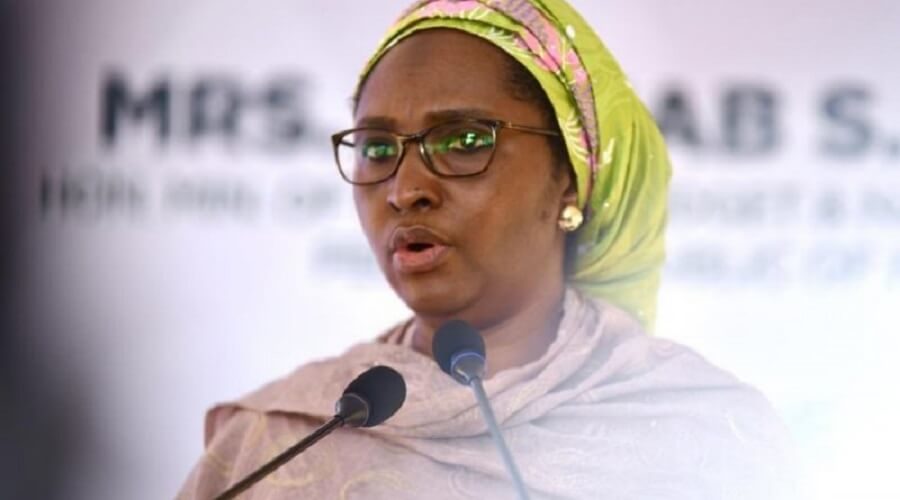2022 Budget: FG Bars MDAs From Introducing New Capital Projects
….Works, Defence, Transport, Health Get Highest Allocation For Capital Projects
The Federal Government on Tuesday barred it’s Ministries, Department and Agencies from introducing fresh capital projects in the 2022 fiscal period.
Advertisement
The government said this in the 2022 Budget Call Circular which sets out the requirements and instructions that must be satisfied and followed in the preparation of the 2022 Federal Government Budget Proposal.
In allocating capital budget resources, the government urged MDAs to accord priority to ongoing projects, especially those nearing
completion that fit into government’s current priorities.
As a general rule, the federal government said MDAs may not be allowed to initiate new
projects/programmes unless they can demonstrate that
adequate provisions have been made for ongoing projects.
In addition to alignment with the objectives of the Medium Term National Development Plan, the government stated that projects with likelihood of completion not later than 2024, should be considered in prioritizing capital
projects.
Advertisement
It stated that only expenditures on programmes/projects that are truly of a capital-nature will be admitted into MDAs’ capital budget
proposals.
In addition, it said capital projects must be linked to Ministerial
Mandates as well as the MTNDP.
For the avoidance of doubt, it reminded MDAs not to provide for
recurrent expenditure in their capital budget as a way of subverting the recurrent expenditure ceilings.
The government explained in the document that the Budget Office would reallocate any such provisions to Capital Projects that are outside the MDA as it deems appropriate.
According to the document, the Ministries of Works and Housing; Defence; Health and Education, are to get the highest capital allocation in the 2022 federal government budget,
Advertisement
The preparation of the budget estimates for Ministries, Departments and Agencie is to take into consideration the 2022-2024 Medium Term policies/strategies contained in the Expenditure Framework and Fiscal Strategy Paper which is the Federal Government’s pre-budget statement.
The MTEF/FSP outlines the development priorities of the Federal Government for the period covered.
Further to this, the federal government’s annual budget is being prepared using the Zero-Based Budgeting approach and in line with the government’s policy thrust.
Details of the capital allocation as contained in the budget call circular signed by the Minister of Finance, Mrs Zainab Ahmed showed that the Ministry of Works and Housing is to get the highest allocation of N352.65bn.
The N352.65bn represents about 20 per cent of the entire N1.75trn capital allocation for MDAs in the 2022 budget.
This is followed by the Ministry of Finance with N158.07bn while Defence with N128.94bn, Transport with N12.6bn; Health with N108.29bn and Education with N100.75bn followed in that order respectively.
Advertisement
Other Ministries with high capital allocation are Water Resources which had N86.72bn; Aviation N69.3bn; Agriculture N83.82bn; Trade and Investment N51.08bn; Science and Technology N48.33bn; Power N40.25bn; Police Affairs N32.34bn; Interior N39.64bn and Presidency N25.82bn.
There is also Information and Culture which had N10.44bn; Communications N10.88bn; National Security Adviser N43.14bn; Labour N19.65bn; Mines and Steel N11.55bn among others.
It stated, “The aggregate amount available for capital expenditures in the 2022 budget is N3.61trn. This
represents 26 per cent of total expenditure and is 17.3 per cent less than the 2021
provision of N4.13trn.
“The 2022 provision comprises of N1.76trn for MDAs, N366.14bn capital supplementation, N345.78bn capital component of statutory transfers, N10bn capital
component of the Special Intervention Programme, N425.02bn
capital budget of GOEs, N62.24bn for donor/grant funded
expenditures and N638.32bn funded by project-tied loans.”
The document stated that the provision for development expenditure has been constrained by low revenues, increasing personnel and pension, as well as debt service costs.
In addition, it explained further that the continual provision of fuel and electricity subsidies is a major drainer to overall government revenues.



